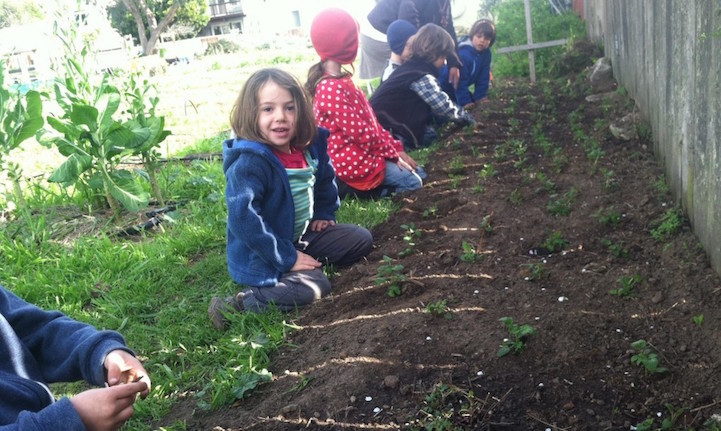
Foreign specialists are sure that we should enlighten children where the food is from and how healthy and ecological nutrition is important from the school age. That is why the first innovative farm school teaching kids growing technologies and agriculture in the world was opened in San-Francisco.
In 2007 one of the first non-commercial British Public utility organizations “Little Growers” was created. It worked with schoolchildren of all ages and set about their education in the field of home gardening aiming to teach children to grow products themselves and understand where we get food.
The company was established by Jason Ralph-Smith, chief operating officer of the British company AutoPot producing the ecologically-friendly irrigation systems. Thanks to his firm’s resources he did not only inoculated the children gardening skills but also provided educational facilities with the necessary materials for growing their own products including hotbeds, garden-beds, eco-friendly irrigation systems, seeds.
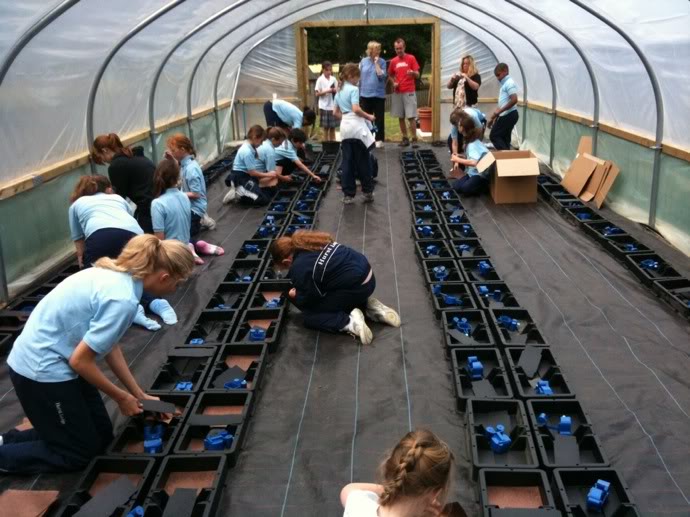
Gardening projects which are put into effect together with the schoolchildren are different on a scale: from commercial plastic film greenhouses to the garden-beds on playgrounds. The education is being carried out in the open and develops children’s key life skills – not only knowledge of gardening but also skills in team work, self-confidence and social initiative. By the way, the geography of Little Growers’ has expanded. At the moment they collaborate with schools from other countries – Maldives, Japan and South Africa.
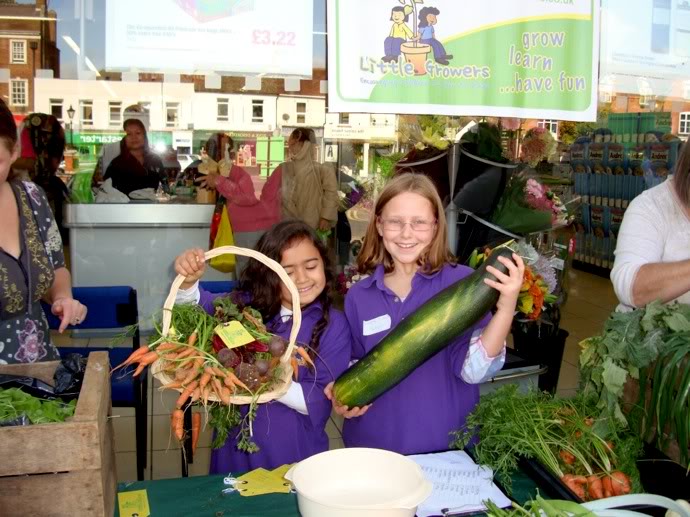
Following Little Growers a great number of similar Public utility organizations inoculating the younger generation the culture of home gardening. All the similar companies are included into the one movement “Grow your own” which increases in population from one year to the next. Supermarkets, welfare funds, famous people and the directors of the educational facilities help the movement.
So, generalizing the efforts of the predecessors an innovative Golden Bridges School was opened in San-Francisco on a land parcel at 203 Cotter Street at Mission Terrace. An education is held by progressive Waldorf procedure. The school teaches children to farm and cook food inculcating moral and social values.
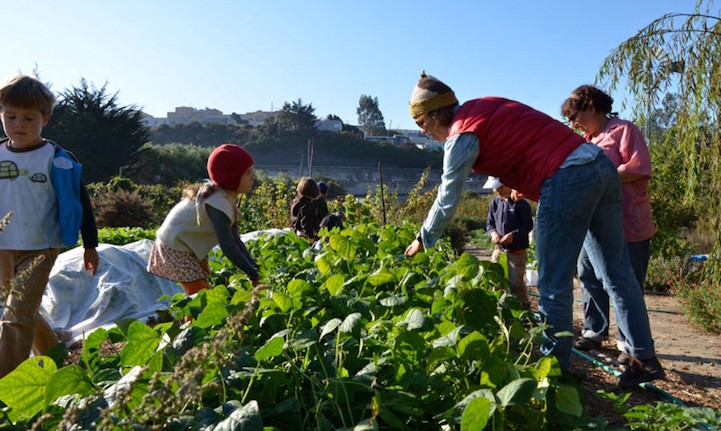
The Golden Bridges School hasn’t its own building, so, all the 55 pupils get eco-education in tents. However, an innovative project of school campus was represented by an architect Stanley Saitowitz from the company Natoma Architects. According to the project, it is planned that gardens and garden-beds will occupy 70% of the land parcel, and the campus with classrooms and other cabinets will be built on the other 30%.
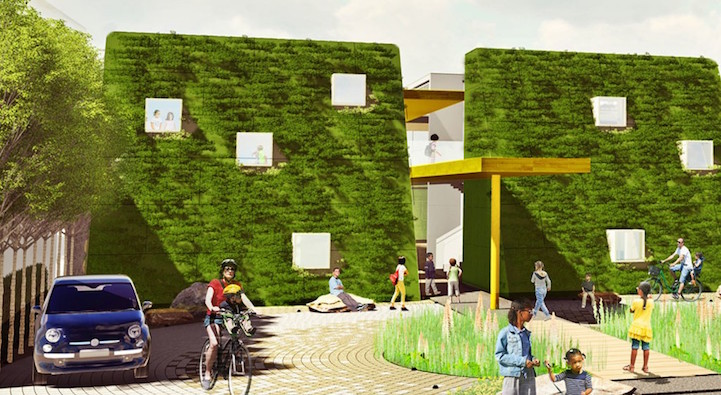
Compared to ordinary educational institution campuses the building of Golden Bridges School will be completely integrated into the landscape with maximum reservation of neighbouring green areas. Diagonal frontispiece and the roof will be planted masking the school campus as a natural hill. Wood will be used in decorating of the interior and the light will enter the classrooms through windows looking to the south side minimizing electrical demand.

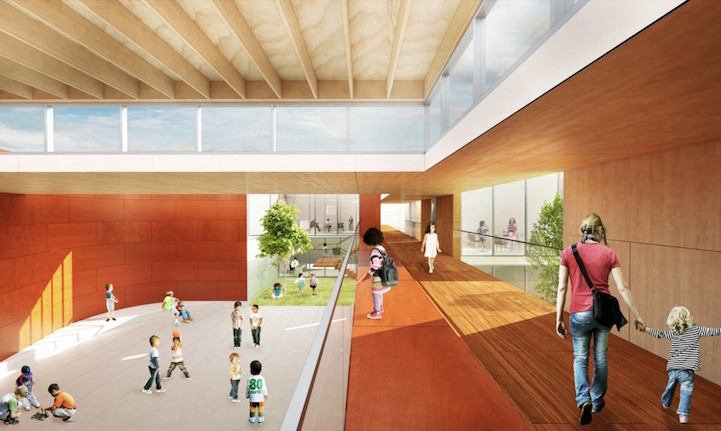
A “golden bridge” will be trod through the building, and it will connect classrooms and other cabinets. The territory in front of the school will serve as a temporary parking on weekdays and as a place for farm fairs and social events on weekends. Permeable surface will let gathering of rain water for irrigation into tanks situated under the ground.
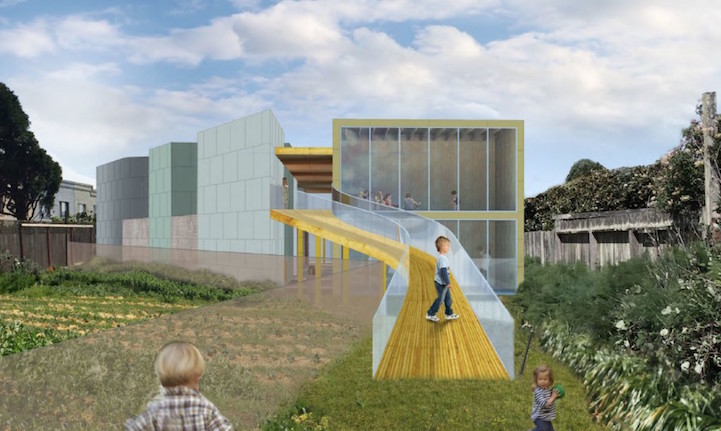
The construction start is slated for February 2017. And in September 2017 the school will accept for study 80 pupils more.
Surely a scaring tendency of young generation’s subtraction from their food sources prompted the creators to develop the project of the innovative Golden Bridges School. This is because numerous researches show that about 17% of British schoolchildren are overweight. It is to be hoped that Golden Bridges School will help to improve the sad statistics.